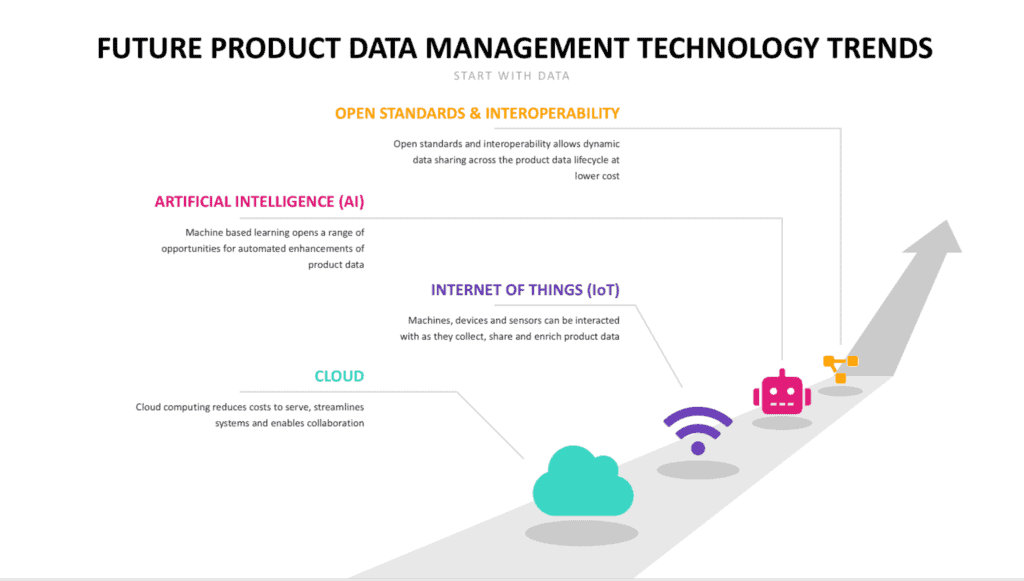Once your company gives status to the authenticity of its product data, it has the mindset to establish a framework for governing this data and, as a result, extracting real business value from it as well as gaining the trust of consumers.
So, which technology trends are impacting most on the way retail product information data is managed? We’ve listed just a few of the tangible benefits of technology below, all of which lead to lower costs, increased efficiency and greater consumer satisfaction.
